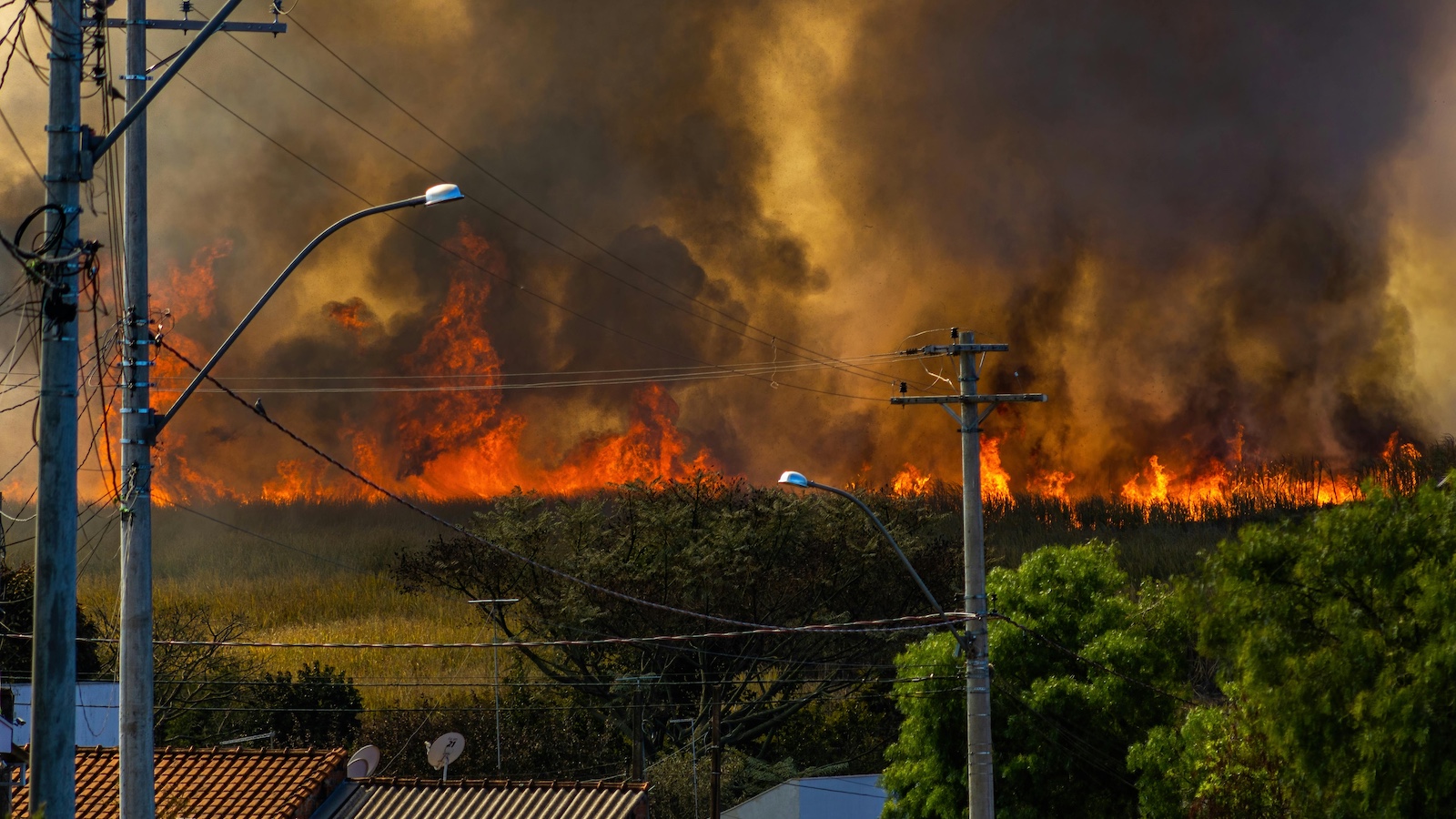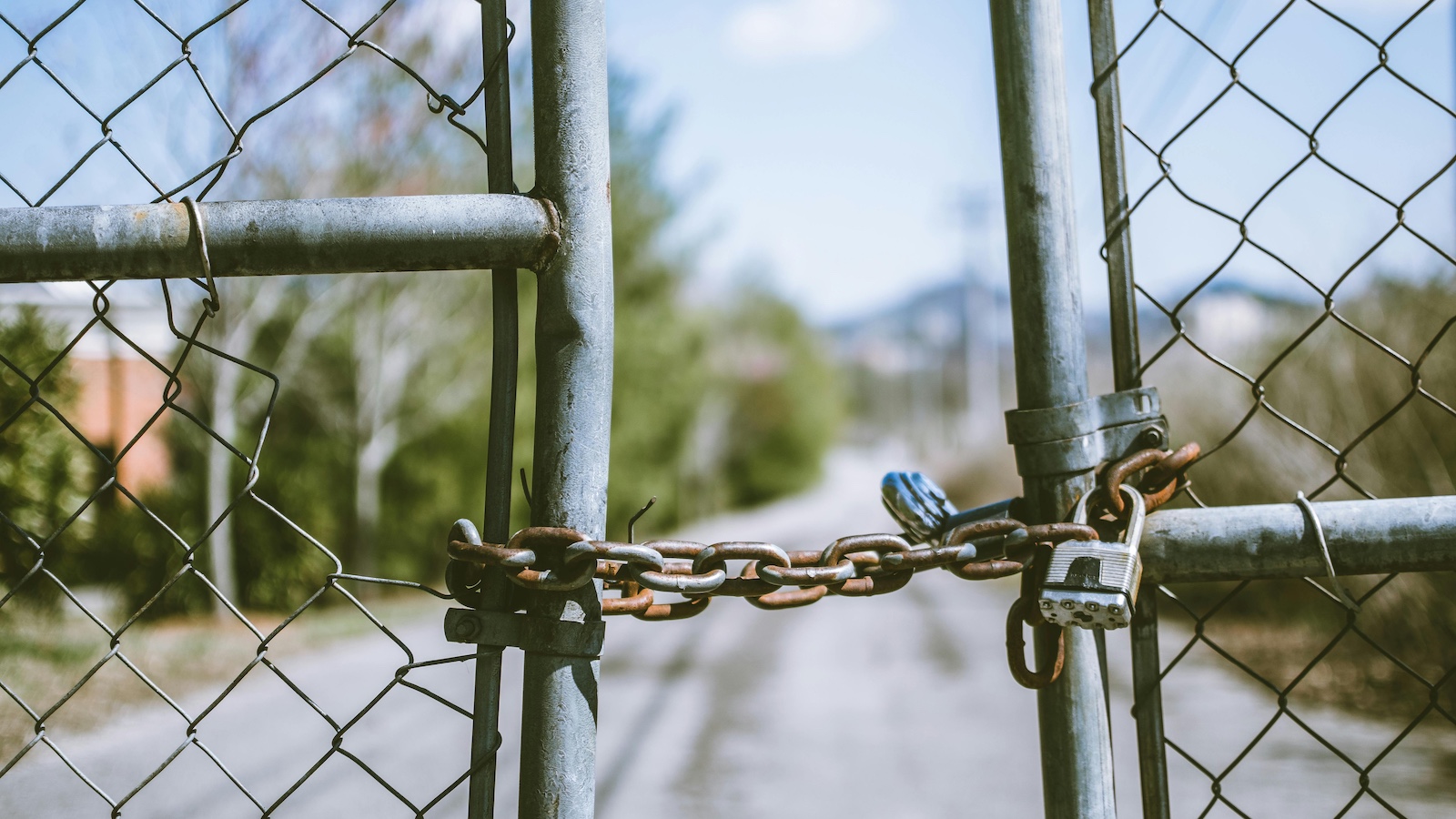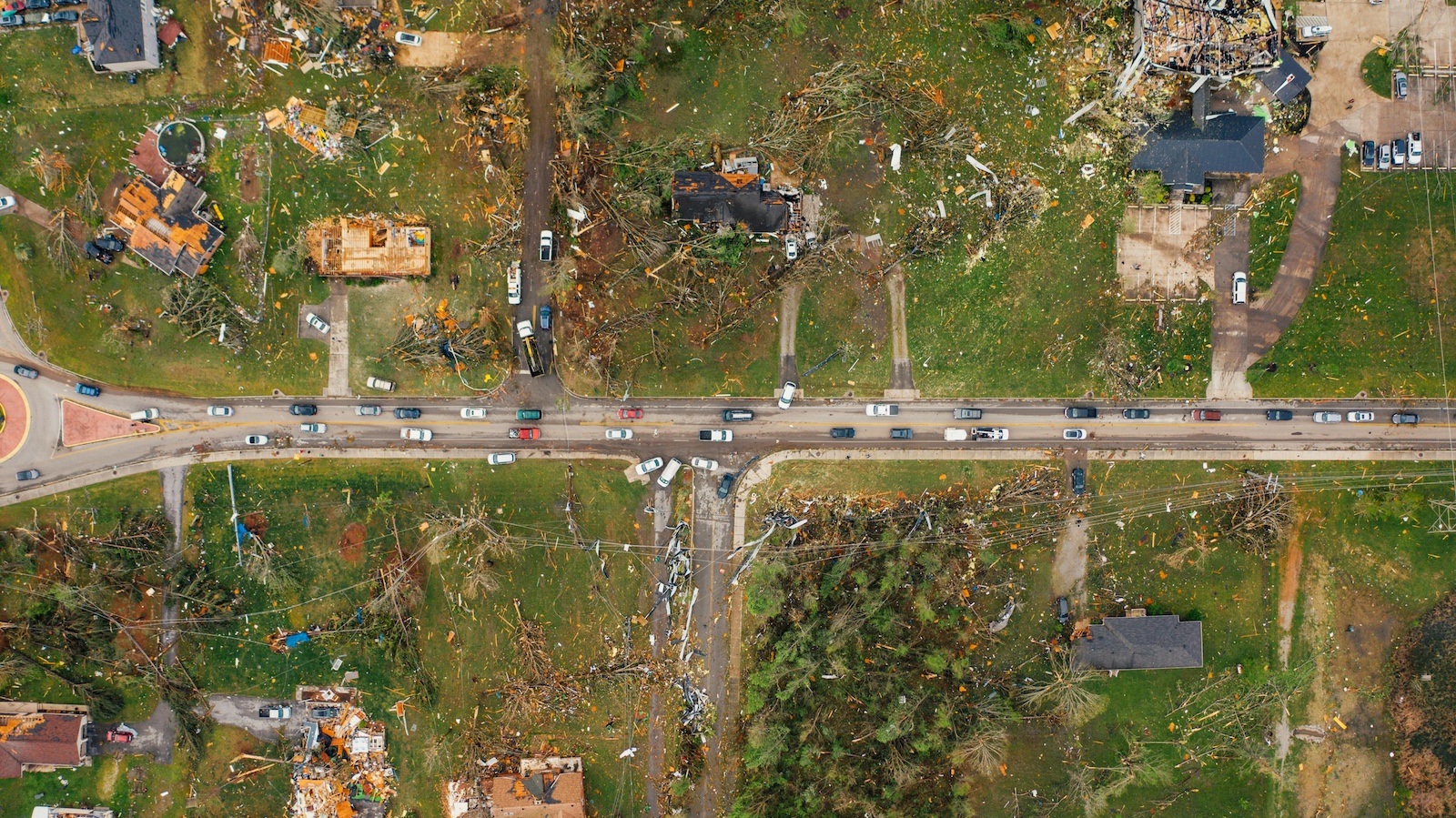Disasters can happen in an instant, or they can come with some warning. There is usually some notice when there is an impending winter storm, but, all too often, people are still caught by surprise. When looking at the winters of 2015 and 2016, winter storms hit in some areas of the country that were not accustomed to such harsh conditions. This only proves winter storms can happen anywhere, no one is immune and, if you have a business, you need to be prepared.
When people hear “winter storm,” they usually think about snow or blizzards — and that is certainly part of it. But winter storms can also bring high winds, ice and freezing rain. There could also be a combination of any of these conditions. This can result in power outages, downed trees, unsafe roads and other situations that make it dangerous to be outside.
Statistics show nearly
25% of disaster-affected businesses never re-open. It doesn’t matter if that disaster is a winter storm, flood, hurricane or some other tragedy. Any business is vulnerable, but small businesses are especially at risk. They tend to have fewer employees who are able to get the business up and running again and assist in recovering losses. They also have less capital available to start over or even recoup losses.
Creating a Business Emergency Plan
A good
business emergency plan could be the key to allowing your business to recover and resume operations after a disaster. This
sample business emergency plan from Ready.gov is a good place to begin.
First, identify the address where your business will operate, then identify a secondary location should the first become inaccessible. Next, appoint someone as the primary crisis manager for your business and designate a backup if that person is unavailable. Assemble a crisis management team and find other businesses that you can network or coordinate within a disaster.
See also: Getting Beyond Risk in Insurance M&A
After this, determine and prioritize your critical operations as well as who is in charge and what he/she needs to do when the emergency plan goes into effect. Also, list your suppliers, vendors and contractors — their contact information, what they supply and how to reach them. Then, identify an alternative for each, perhaps outside of the affected area or businesses that can get to you if the roads are closed.
Include these elements in your emergency plan:
- Evacuation plan
- Shelter-in-place plan
- Crisis communications plan
- Cyber security plan
- Records backup
- Employee contact list
Your plan should be updated annually and after any emergency event. After a crisis, it is important to review your plan, assess its effectiveness and document any lessons learned — then make adjustments accordingly.
Prepare Employees
Most cities have text or SMS alerts for severe weather. Encourage your employees to sign up for alerts and download weather apps so they can keep an eye on the weather. Provide information on putting together an emergency supply kit, securing important documents in a safe place and creating a family communication plan so they can be prepared at home. Your employees are more than just workers in your business, and part of continuing operations means ensuring their personal safety.
Make information about winter storms accessible to your employees, especially if you are in an area where winter storms are somewhat uncommon or if you have employees who are from such areas. Have a meeting to discuss these things with your employees and help them prepare. Review various scenarios, problems and potential resolutions for both work and home.
Prepare your Business
Use this 12-point checklist to get your business winter-ready:
- Review your insurance policy and coverage. Some policies offer financial protection for business interruption because of severe weather. Also, make sure your policy adequately covers your business and the property it is on.
- Replace old doors and windows, ensuring there are no gaps or cracks where cold air can seep in.
- Clear your gutters of all debris.
- Make sure your pipes are properly insulated, even if you live in an area that does not typically get severe winter weather.
- Don’t leave any building unheated for any time, even if it is empty. The pipes can freeze, which has the potential to cause serious problems.
- Check outside for dead trees or branches that are low-hanging or weak. Wind can cause a tree or branches to fall. Ice can accumulate on branches, creating what is called a “widow maker,” which is a deadly branch that can fall suddenly when it breaks under the burden of the ice.
- Inspect your roof for any loose shingles for issues that could present problems during a storm.
- Hire a pro to inspect your heating systems.
- Invest in a good generator. Even if the power goes out, a generator can keep your business operational.
- Create a plan for ice and snow removal. Ice and snow are significant liability risks as a safety hazard. They also have the potential to cause severe structural damage and can prevent your customers from being able to get to your business if you are able to remain open.
- Teach your employees how to manually process credit cards and ring up customers. If you are a retail establishment, this is particularly crucial, but it can allow you to still make sales transactions even if you don’t have internet access. You will need to have a detailed inventory and make precise notes on what is sold so that the information can be entered once your business is back online.
- Back up your data. Many businesses purchase cloud technology to back up their data, but if you have sensitive information you should get professional assistance. You can also back up offline as well using an external drive.
See also: Riding Out the Storm: the New Models
Winter storms should be taken very seriously. Prepare your business and ensure continued operations or decrease your downtime. You don’t have to become a statistic. No business has to fail after a disaster if it is properly prepared.






